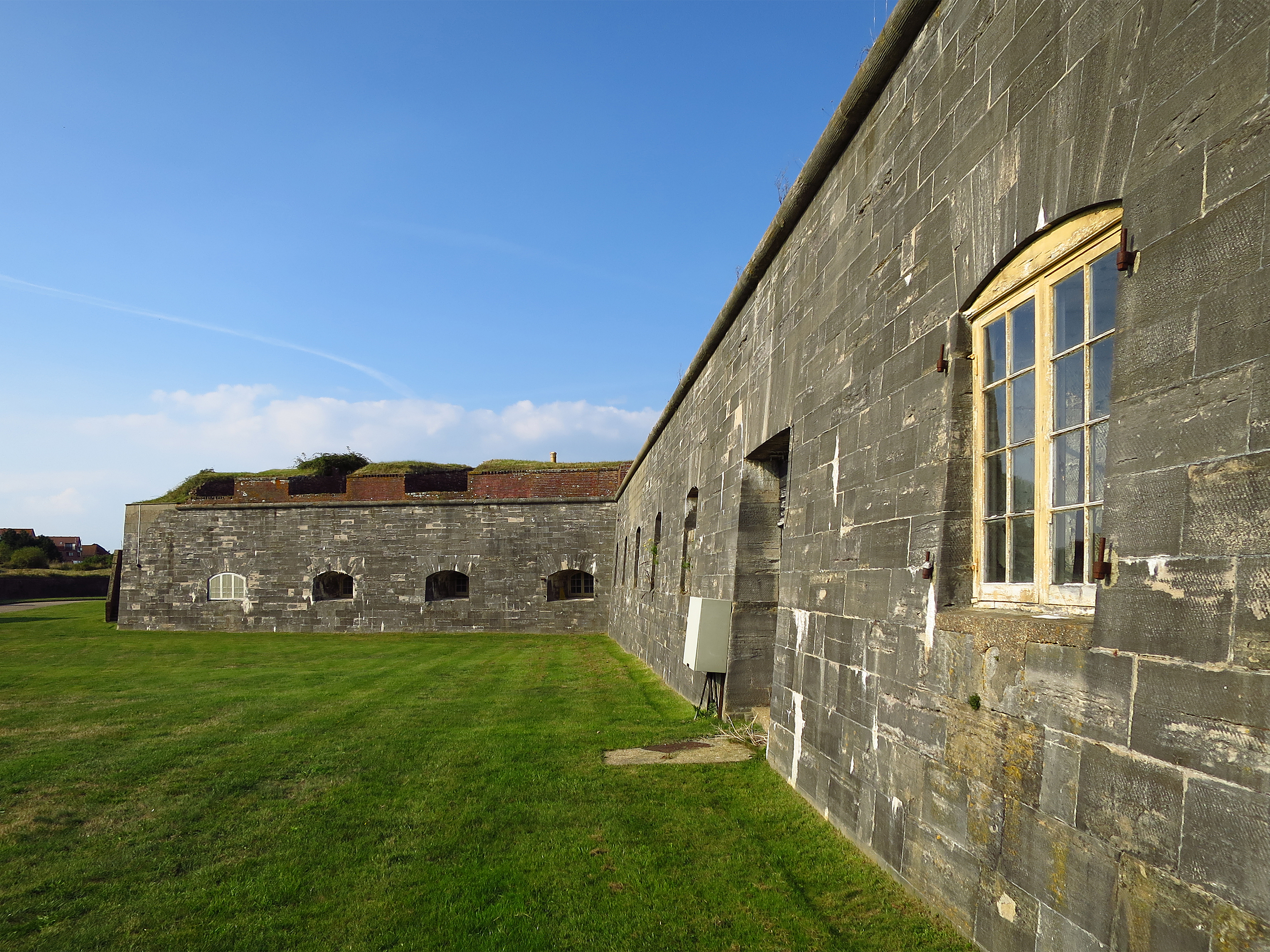Post by therealriga on Mar 6, 2019 18:11:27 GMT
Yesterday marked the official start of the campaign for the assembly and the presidency. Outgoing president, Juan Varela, is term-limited and his party, the right wing Panamanian Party, looks set to lose. Their candidate, Jose Blandon, the outgoing mayor of Panama city, is struggling to hit 12% in polls, with the front runner, "Nito" Cortizo of the Revolutionary Democrats (PRD) likely to win it for the left, as he's edging towards half the vote. The other major party, the centre-right Democratic Change, is polling around 24%. The other candidates are all polling way behind, with the only significant support for Ana Gomez, the only independent in the assembly, who's polling around 6-7%.
All 71 seats in the assembly are up for election. The constitution says the electoral system is open list PR, but in practice it's a hybrid system or "limited PR", due to the small constituency size: 26 of the 39 constituencies are single member and therefore elect by FPTP. There are four 2-member districts, four 3-member, two 4-member and two 5-member, with San Miguelito, a municipality which forms an enclave within Panama city, electing 7. There was supposed to be reapportionment last year and the electoral commission recommended taking a member away from Panama City's western and southern districts and giving them to Panama City East and the western satellite town of Arraijan but the assembly controversially rejected the changes arguing that there wasn't enough time to consider them.
For apportionment, the "indigenous provinces" of Guna Yala, Darien and Ngabe-Bugle are guaranteed 2 seats, so a national quota is first applied to them to see if they deserve more than that. The first two aren't (they would get one if the minimum rules wasn't in place) but Ngabe gets a third seat. A revised quota is then applied to the rest of the country. Looking at the report www.asamblea.gob.pa/proyley/2018_P_605.pdf (in Spanish, but figures are on p11) wide variations from the 35,500 quota are allowed, the largest single member seat in Veraguas province has nearly 48,000, the smallest 23,500.
For awarding the seats, a d'hondt quota is applied, with parties getting a seat for each full quota, then each half quota. If all seats haven't been filled, which usually happens in the larger constituencies, then the unelected candidates who got most votes, regardless of party, get the seats. This obviously favours the big three parties.
Corruption has been a big issue for voters, with the independent Gomez building her campaign on it, but the big parties have downplayed it as they have all had their scandals, many of them in the fallout from Panama papers. Instead, they've all focused on different ways to sustain growth. After posting double-digit growth at the beginning of the decade, Panama's growth has fallen to around 3%. Other issues that have come up are high cost of living, inequality, crime (falling in recent times and one of the lowest in Latin America, but still way ahead of European levels), how to break the deadlock over the supreme court (2 seats have been vacant for 2 years due to deadlock in the assembly) and local issues such as a third metro line for Panama city (about 55% of the electorate lives in the Greater Panama city metropolitan area) and a fourth bridge over the canal.
All 71 seats in the assembly are up for election. The constitution says the electoral system is open list PR, but in practice it's a hybrid system or "limited PR", due to the small constituency size: 26 of the 39 constituencies are single member and therefore elect by FPTP. There are four 2-member districts, four 3-member, two 4-member and two 5-member, with San Miguelito, a municipality which forms an enclave within Panama city, electing 7. There was supposed to be reapportionment last year and the electoral commission recommended taking a member away from Panama City's western and southern districts and giving them to Panama City East and the western satellite town of Arraijan but the assembly controversially rejected the changes arguing that there wasn't enough time to consider them.
For apportionment, the "indigenous provinces" of Guna Yala, Darien and Ngabe-Bugle are guaranteed 2 seats, so a national quota is first applied to them to see if they deserve more than that. The first two aren't (they would get one if the minimum rules wasn't in place) but Ngabe gets a third seat. A revised quota is then applied to the rest of the country. Looking at the report www.asamblea.gob.pa/proyley/2018_P_605.pdf (in Spanish, but figures are on p11) wide variations from the 35,500 quota are allowed, the largest single member seat in Veraguas province has nearly 48,000, the smallest 23,500.
For awarding the seats, a d'hondt quota is applied, with parties getting a seat for each full quota, then each half quota. If all seats haven't been filled, which usually happens in the larger constituencies, then the unelected candidates who got most votes, regardless of party, get the seats. This obviously favours the big three parties.
Corruption has been a big issue for voters, with the independent Gomez building her campaign on it, but the big parties have downplayed it as they have all had their scandals, many of them in the fallout from Panama papers. Instead, they've all focused on different ways to sustain growth. After posting double-digit growth at the beginning of the decade, Panama's growth has fallen to around 3%. Other issues that have come up are high cost of living, inequality, crime (falling in recent times and one of the lowest in Latin America, but still way ahead of European levels), how to break the deadlock over the supreme court (2 seats have been vacant for 2 years due to deadlock in the assembly) and local issues such as a third metro line for Panama city (about 55% of the electorate lives in the Greater Panama city metropolitan area) and a fourth bridge over the canal.
